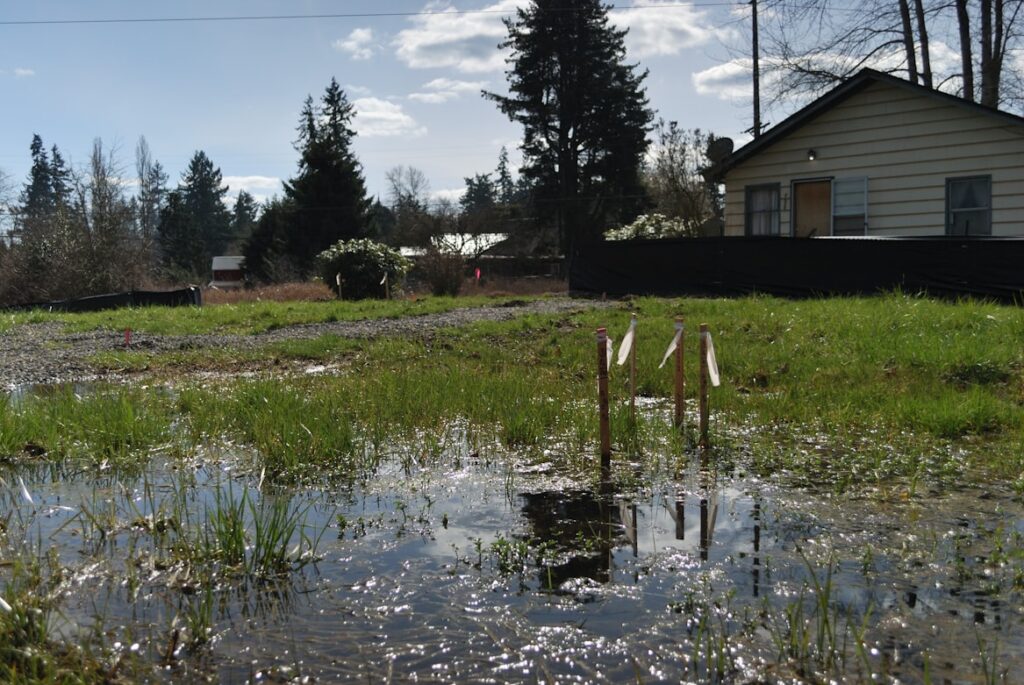
When water shows up where it isn’t wanted, like in a flooded pool or around the edge of a construction site, a submersible water pump can take care of it. These pumps work from beneath the surface, pulling water from below and pushing it out through a discharge line.
At Rentco, we supply dependable options that hold up in demanding conditions and are simple to operate. Each unit is inspected and maintained to meet the practical needs of both residential and industrial users. We make sure you’ve got the right pump for the job, whether you’re dealing with unexpected water buildup or planning ahead for seasonal maintenance.
How High Pressure Pumps Work
Where Water Comes In: The Inlet
Every pump begins with the inlet, where water flows in from a tank, pipe, or direct hose connection, and without a consistent water supply, these pumps can create more trouble than results. When there’s air in the line or irregular input, pressure suffers and pump damage becomes more likely, which is why ensuring a proper inlet connection is important to maintain a good water source and prevents low pressure and intermittent flow.
Motor Muscle: Powering the Pump
High pressure pumps use either electric motors or gas engines, depending on their size and application. This power source delivers the energy required to move internal components, generating the force needed to push water through the system.
Electric motor-driven pumps tend to be quieter and better suited for indoor or continuous operation. Where the gas-powered versions offer portability and muscle for outdoor jobs. No matter the power source, rotational energy is converted into motion that starts building pressure, which is where the pump’s real work begins.
Powerful Mechanisms in Motion
Most pumps fall into one of a few main types, including reciprocating pumps, rotary pumps, or centrifugal pumps. In high pressure pumps, positive displacement pumps are commonly used. These often include pistons or plungers that trap a fixed volume of water, then force it out rapidly. Centrifugal pumps, such as multi-stage centrifugal pumps, can also achieve high pressure when configured properly
During the suction phase, water is drawn in, then a valve closes before the piston begins to move to push water out, generating pressure. The differences in how these pump components move define their category, but the end goal is the same: build enough pressure to push water where it’s needed.
The Surge: Pressure Rises Fast
As the water gets pushed through a narrow path, pressure builds, and that fast-moving water in a confined space results in a high flow rate with high pressure behind it. Pumps work by restricting flow in just the right way to generate serious pressure.
High pressure pumps work best when they are not leaking air, have a proper water supply, and are not running dry, because if any of those conditions are off, performance drops and efficiency suffers.
Call Rentco For Your Pump Needs
At Rentco, we know pumps inside and out. From hand and air pump options to industrial water pumps for commercial sites, we supply what northern Alberta and BC need to work efficiently. We’ve been serving this region since 1963, offering rentals, repairs, and products designed to withstand harsh conditions and high demand.
Our team works with you to make sure your rental request or purchase is the right fit, every time. If you’re in need of a submersible pump, or another kind of pump, or even just a bit of guidance on which pump types work best for your application, reach out. We’re here to help.